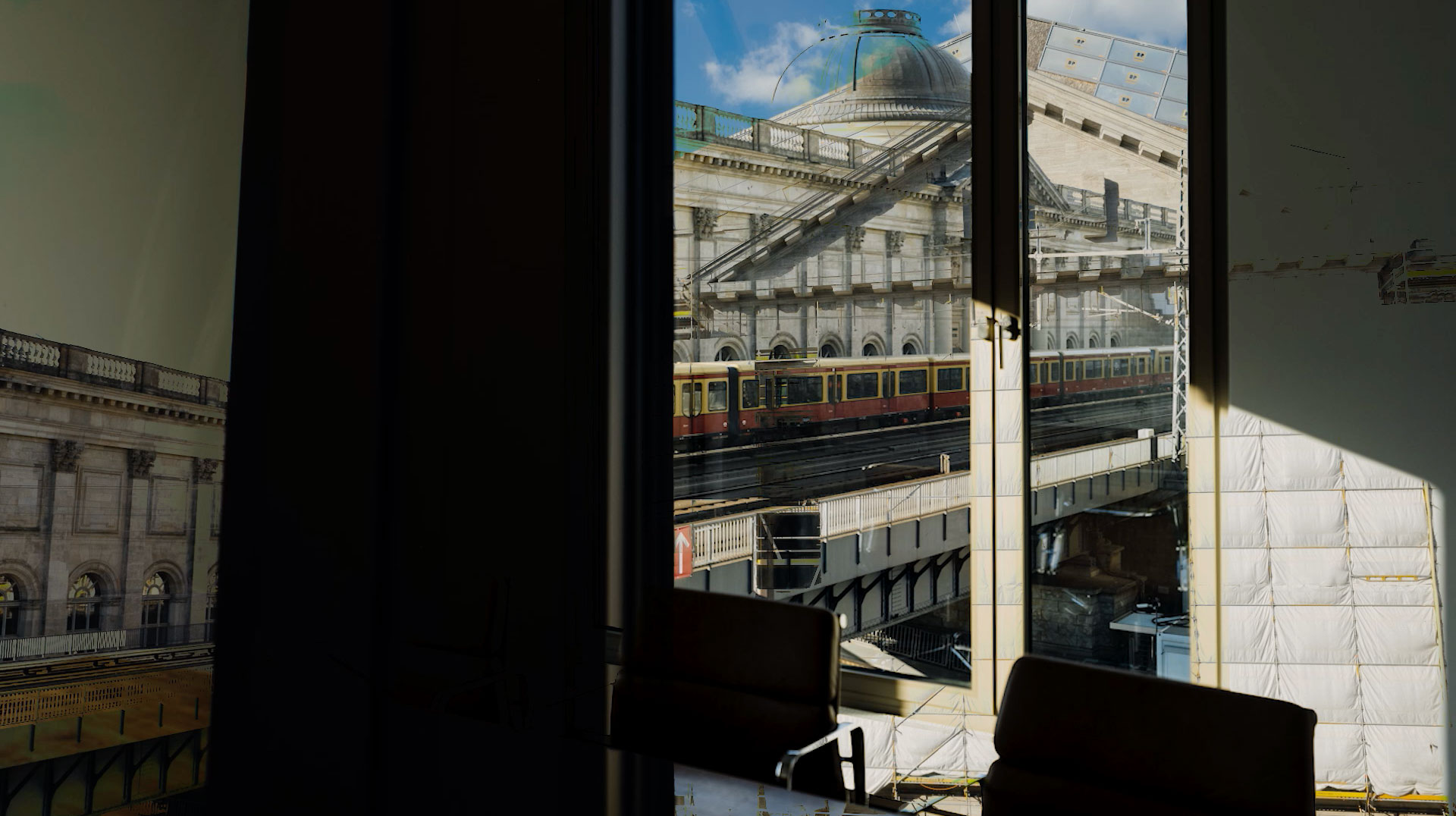Opportunities and risks for public institutions when dealing with NFTs
A current legal dispute over NFTs created from works by the great photographer August Sander raises pressing questions about art in the digital space and on the blockchain. Who owns the legacy of one of the most important photographers? Who is allowed to use it and how? The conflict shows the legal tensions that arise for museums, foundations, artists and archive administrators when dealing with NFTs.
The NFT boom: examples of the use of NFTs in the context of cultural institutions
Since the beginning of the NFT boom, many players in the cultural sector have been considering what they can, may and must do with their works in connection with NFTs (digital certificates of authenticity). Prominent examples include the Uffizi Galleries in Florence, which created and sold a Michelangelo painting as an NFT as early as 2021, and the Belvedere Museum in Vienna, which fractionalized Gustav Klimt's "Kiss", i.e. divided it into 1,000 authorized pieces, and offered it for sale just in time for Valentine's Day.
Both institutions used NFTs as a measure for fundraising and marketing. Accessibility and participation, which are to be achieved by making the works available on the blockchain, are also often cited as advantages. This was the aim of Cologne gallery owner Julian Sander when he wanted to immortalize the entire archive of his great-grandfather, the photographer August Sander, on the blockchain in spring 2022, although the copyrights are held by a charitable foundation - and promptly triggered the first major public legal dispute over NFTs in Germany.
Current legal dispute: Use of the works of August Sander
The controversy concerns the relationship between NFTs and usage rights in terms of German copyright law and serves as a prime example for public cultural institutions and foundations that want to avoid mistakes when dealing with art and NFTs.
Julian Sander's vision was to make his great-grandfather's legacy of 10,700 works available to the public with the help of decentralized blockchain technology. For decades, Augst Sander documented people from a wide range of professions and social classes, creating an extensive social panorama. This makes him one of the great pioneers of photography in the 20th century. On February 10, Julian Sander made the archive available free of charge on the OpenSea sales platform; interested parties only had to pay the administration costs for the creation ("minting") of the NFTs. After a short time, however, sales were discontinued by the platform because the SK Stiftung Kultur - a non-profit organization of Sparkasse KölnBonn - protested. Gerd Sander, grandson of August Sander and father of Julian Sander, sold the collection, including all copyrights, to this foundation in 1992. The foundation holds these rights until 2034, i.e. until 70 years after the photographer's death. After this period, the copyright of a creator usually expires and the works become public domain, i.e. freely usable for everyone.
Legal analysis
Julian Sander was shocked by the incident and argued that the SK Stiftung Kultur, as a non-profit organization, was not responsible for the distribution of the works on the global market, which is why he was allowed to use the images in commercial contexts. Furthermore, the case concerned "fair use", i.e. a provision of copyright law which states that protected works may, under certain circumstances, be used without the permission of the rights holder. This provision exists in British and American law, but not in Germany. The foundation is now emphasizing its exclusive right of use, which gives it unlimited access to Sander's works and makes it the only legitimate representative of the archive.
Julian Sander's project was driven by the liberal promises of the blockchain and crypto-sphere, which promise participation and free forms of organization, unbound to individual locations or institutions. On the legal side, on the other hand, there is the protection of an artist and their works as well as the protection of the owner of usage rights. According to German law, everything will boil down to three fundamental aspects of copyright law: the rights to reproduce (§ 16), distribute (§ 17) and make available to the public (§ 19a) August Sander's works. These rights are held by the SK Stiftung Kultur.
The transfer of rights of use to third parties is not usually provided for. Although there are exceptions to this, consent must always be obtained from the foundation beforehand. A license agreement is usually required for the transfer of rights of use. Accordingly, in the Sander case, the main question is whether and which rights of use Julian Sander was entitled to or whether he was allowed to create, advertise, sell and thus "use" NFTs within the meaning of copyright law without the consent of the foundation. In particular, the wording of the contract under which the copyrights were sold to the Foundation in 1992 will be decisive. This is because the wording of the contract will serve as an aid to the court in interpreting what the parties agreed around 30 years ago. The dispute is expected to be decided in the course of the year.
The significance of the Sander case lies not only in the fact that it concerns the works of one of Germany's most important photographers. It is also about how the promises of new blockchain technologies and the crypto world can affect the rights of cultural institutions, foundations, artists and archive administrators.
Guidelines for dealing with NFTs
The case already illustrates some guidelines that are relevant for actors in the cultural sector when dealing with art and NFTs. Creators of NFTs must always find out in advance who owns the copyrights and rights of use and should, under certain circumstances, request the use or licensing of the works concerned or obtain the prior consent of the copyright holder. If necessary, you should have the contracts checked by a lawyer beforehand in order to prevent copyright infringements. Even though case law is still pending, it would have been advantageous for Julian Sander to enter into a dialog with the copyright holders before creating the NFTs or perhaps even to cooperate officially with the foundation.
The fact that the NFTs in the Sander case were actively traded and sold within a few weeks is also not insignificant for public institutions such as charitable foundations. A trading volume of €1.1 million was generated on the OpenSea market platform. The electronic contracts ("smart contracts") stipulate by default that the manufacturer of each NFT receives a 10% share of the resales. This is common practice for NFTs. Even if Julian Sander was not pursuing purely commercial interests, he obviously benefited directly from the sales. For non-profit actors, this raises the question of whether the profit from the resale of NFTs can still be classified as a special-purpose operation (pursuit of non-profit objectives) or whether it is a less tax-privileged economic business operation (commercial interests). A clear distinction needs to be made here and NFTs need to be assessed from the perspective of charity law and tax law.
70 years after the death of an artist, the protection of their intellectual property expires and becomes public domain. From this point onwards, anyone may use the works freely. A museum could therefore take the precaution of creating its own holdings or the central works in its collection as authorized NFTs. This would protect them for the future and prevent third parties from creating and profiting from them.
From the perspective of an artist or archive administrator, it is also essential to pay attention to the agreements between the individual parties: Who is entitled to the copyright and, consequently, the rights to use the works? When drafting new contracts, attention must also be paid to the wording. Otherwise, it could be conceivable that only conventional uses of the images are protected, but the new contexts of the crypto and blockchain spheres are not taken into account.
Taking into account the current legal dispute, it should be noted that (1) in principle, anyone can create NFTs, (2) until a decision is made, it remains unclear whether only copyright holders may offer NFTs for sale to the public and (3) the consent of the copyright holder must be obtained in each case.

